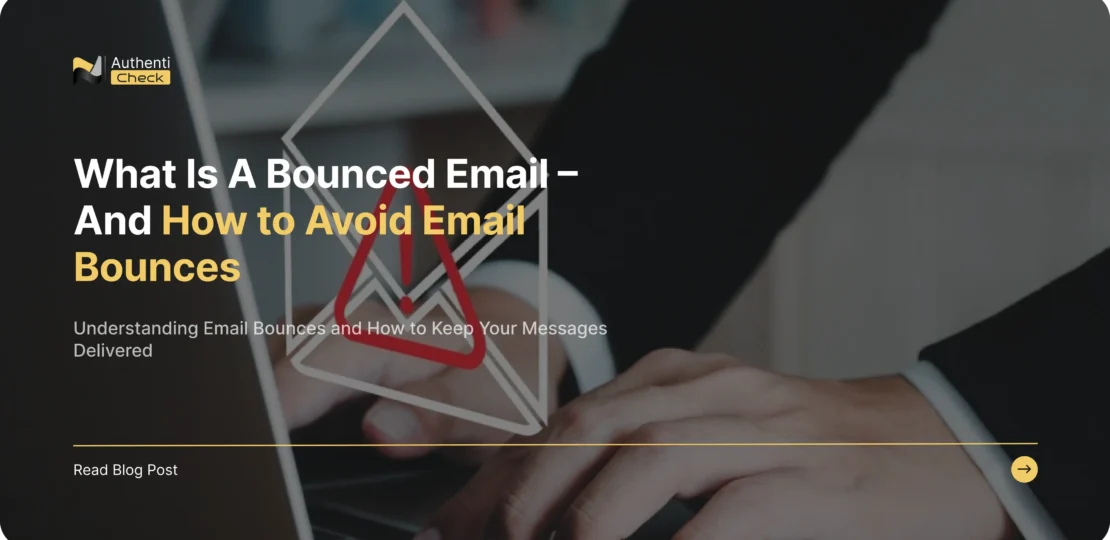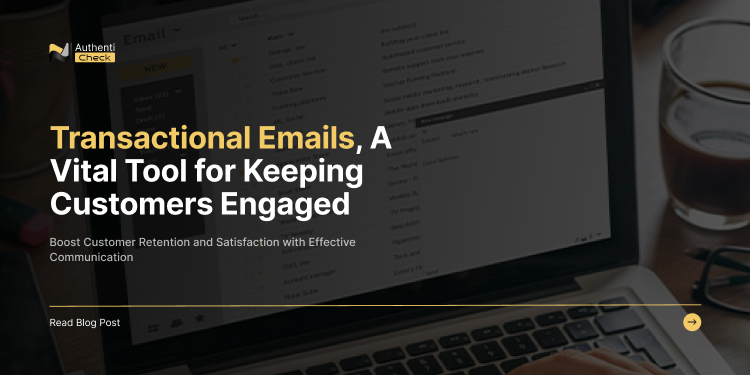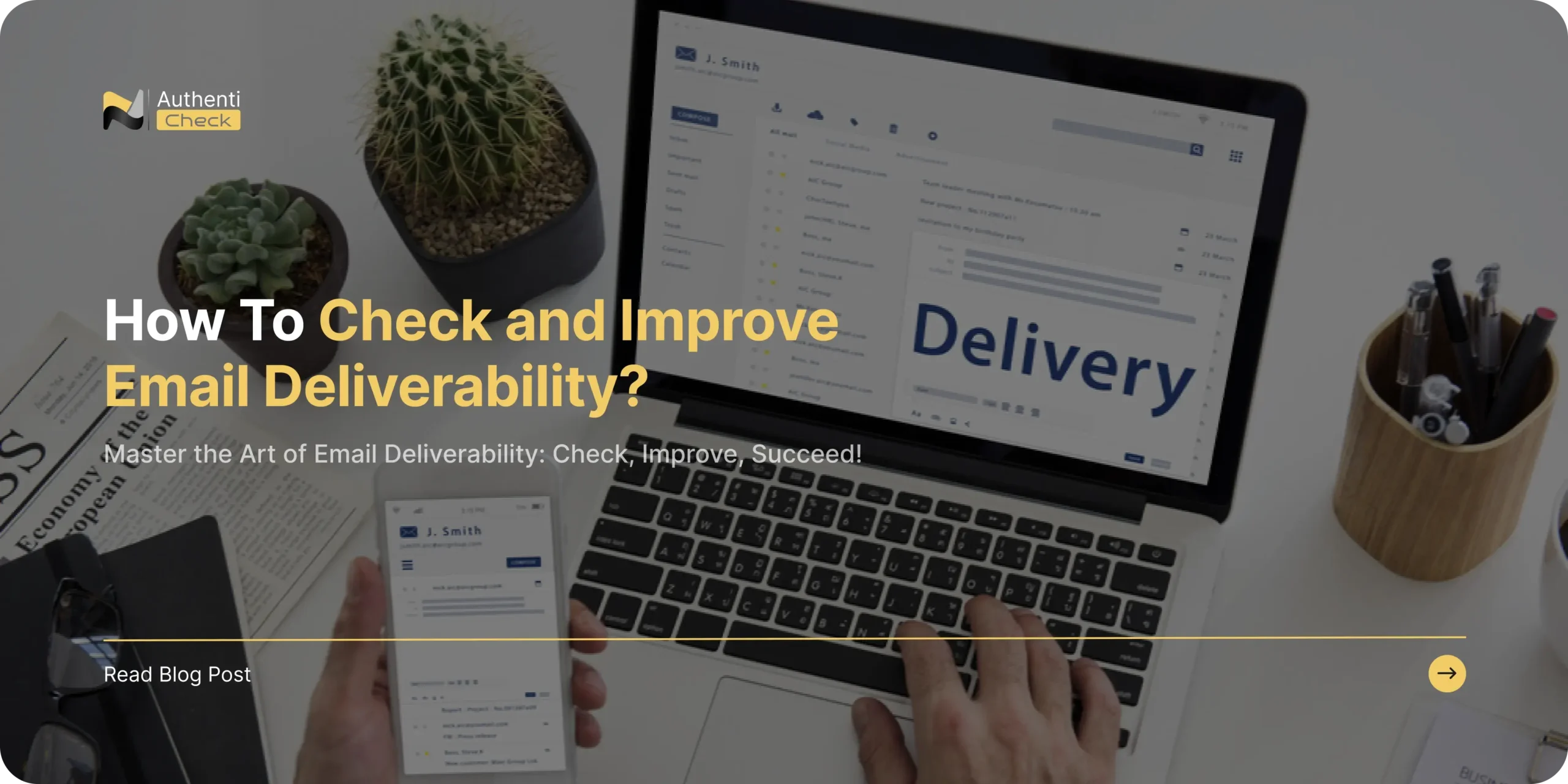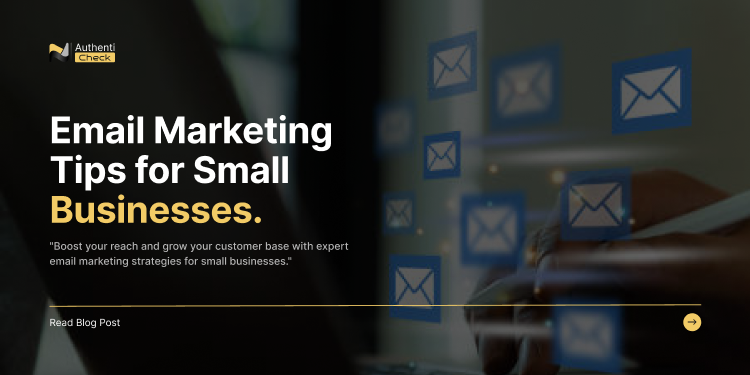What Is A Bounced Email – And How to Avoid Email Bounces
October 30, 2024 | by e.divedeepai@gmail.com

In the world of email marketing, a bounced email is a message that fails to reach its intended recipient. This can happen due to various reasons, from incorrect email addresses to server issues. Understanding the different types of bounced emails and implementing strategies to prevent them is crucial for maintaining a healthy email list and effective marketing campaigns.
Types of Bounced Emails
- Hard Bounces
Hard bounces occur when an email cannot be delivered permanently. This is often due to invalid or non-existent email addresses, closed accounts, or incorrect domains. Hard bounces signal a significant issue with the recipient’s email address, and these addresses should be promptly removed from your mailing list to prevent further delivery issues and maintain a healthy sender reputation.
- Soft Bounces
Soft bounces are temporary delivery failures, typically caused by issues such as server downtime, network congestion, or the recipient’s mailbox being full. While these emails may eventually be delivered after repeated attempts, if soft bounces continue to occur, they could point to a larger, underlying problem that needs attention.
Common Causes of Bounced Emails
- Invalid or Misspelled Email Addresses
One of the most common reasons for email bounces is the incorrect entry of email addresses. Simple typographical errors, such as missing letters or incorrect domain names, can lead to undeliverable emails. Ensuring accurate data entry is crucial to prevent these issues.
- Closed or Inactive Email Accounts
When an email address belongs to a recipient who has either closed their account or no longer uses it, the message will bounce back as undeliverable. This typically happens when contacts no longer engage with their accounts or have deactivated them altogether.
- Server or Network Problems
Temporary server issues, network congestion, or maintenance on the recipient’s side can result in soft bounces. These are typically temporary and can resolve themselves once the server is back online.
- Spam Filters
If your email content triggers spam filters, it may never reach the recipient’s inbox and could be blocked by the email provider altogether. Ensuring your emails comply with anti-spam guidelines can reduce the likelihood of being flagged.
- Full Mailboxes
A full mailbox prevents new messages from being delivered. If a recipient’s inbox has exceeded its capacity, incoming emails will bounce until there is enough space for new messages. Regularly cleaning up contact lists can help avoid persistent bounces caused by full mailboxes.
Effective Strategies to Avoid Bounced Emails
- Verify Email Addresses
Before adding new subscribers to your list, use email verification tools to validate the accuracy of their email addresses. This is essential for preventing hard bounces and ensuring your list consists of valid, active contacts. Utilize services that can check fake emails, verify fake email addresses, or even check if the email is fake to reduce the risk of bounces. Implementing tools that can check email domain validity or email domain verifier will help ensure the domain exists and can receive emails.
- Clean Your Email List Regularly
Maintaining a clean email list is crucial for avoiding high bounce rates. Regularly remove inactive, hard-bounced, and invalid email addresses to improve your sender reputation. Consider using tools to check disposable email, check email domain exists, or disposable email checker to weed out temporary or fake addresses. A temp email checker or fake email address checker can assist in identifying and removing such addresses.
- Optimize Your Email Content
Ensure that your emails are engaging, relevant, and free from spammy elements that could trigger spam filters. Avoid excessive links, too many images, or spammy language, as these can cause your emails to land in spam folders or get flagged by a spam mail checker. Use an email spam tester or check spam email tool to ensure your content is compliant with best practices.
- Authenticate Your Emails
Implement email authentication protocols such as SPF, DKIM, and DMARC to verify the sender’s identity. This not only prevents email spoofing but also improves your deliverability. Using an email domain validator or domain email verification tool ensures that your emails are being sent from a legitimate source, which reduces the risk of them being marked as spam.
- Monitor and Address Bounces
Regularly track your bounce rates and identify the reasons behind them. Analyzing the bounce data allows you to take corrective action, such as updating your list, optimizing content, or verifying if the emails are legitimate. Utilizing a fake email verification or fake email ID checker service will help in identifying invalid entries.
- Use a Double Opt-in Process
By requiring new subscribers to confirm their email addresses via a second confirmation email, you can verify that the email is valid and active. This reduces the chances of adding temporary email verification or disposable email-free checker entries to your list.
- Provide an Unsubscribe Option
Always offer an easy way for recipients to unsubscribe from your list. This not only complies with legal requirements but also helps keep your list healthy and avoids spam complaints. Offering a clear unsubscribe path is a great way to ensure that uninterested recipients can opt out, rather than marking your email as spam.
- Avoid Excessive Sending
Sending too many emails too frequently can lead to soft bounces or overwhelm your recipients. Maintain a reasonable email schedule to avoid clogging recipient servers and ensure better deliverability.
- Segment Your List
Segmenting your subscribers based on demographics, behavior, or preferences allows you to send more targeted and relevant emails. A more personalized approach reduces the chances of your emails being marked as spam and decreases the likelihood of bounces.
- Use a Reputable Email Marketing Service
A reputable email marketing provider can offer advanced tools like bounce management, temporary email verification, and disposable email detection to improve your campaigns’ success. These services can also help you with email domain validation, ensuring your emails are being sent to legitimate addresses.
Conclusion
Understanding what a bounced email is and how to effectively manage it is essential for any email marketer aiming to enhance their campaigns. By implementing strategies such as verifying email addresses, regularly cleaning your email list, and optimizing content, you can significantly reduce bounce rates.
Furthermore, utilizing authentication protocols and monitoring bounces can help maintain your sender’s reputation. By providing an easy unsubscribe option and segmenting your list, you can ensure that your emails reach the right audience. Ultimately, a proactive approach will lead to improved deliverability and better engagement with your recipients.
RELATED POSTS
View all


